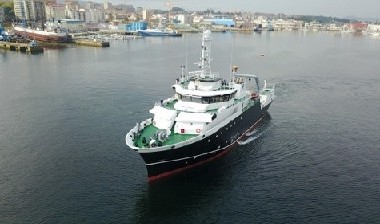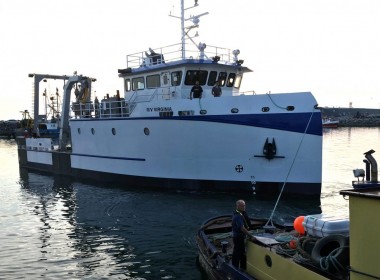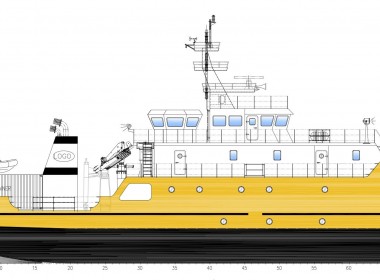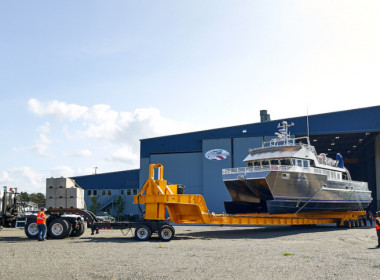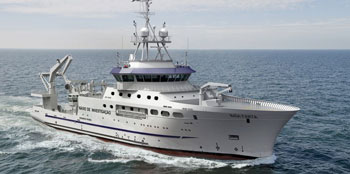Research and Training Vessel News Roundup | December 23 – Harsh-environment science platform for France, Chilean and Italian naval research ships and more

Construction is underway on a new drifting research platform for a French science institute, an icebreaking supply vessel for the Chilean Navy, and a large oceanographic ship for the Canadian Coast Guard. Orders have meanwhile been placed for manned and unmanned vessels for operation in the Netherlands, an oceanographic ship for the Italian Navy, and a catamaran to support an NOAA marine reserve on the US East Coast.
Chilean Navy’s newest icebreaker hits the water
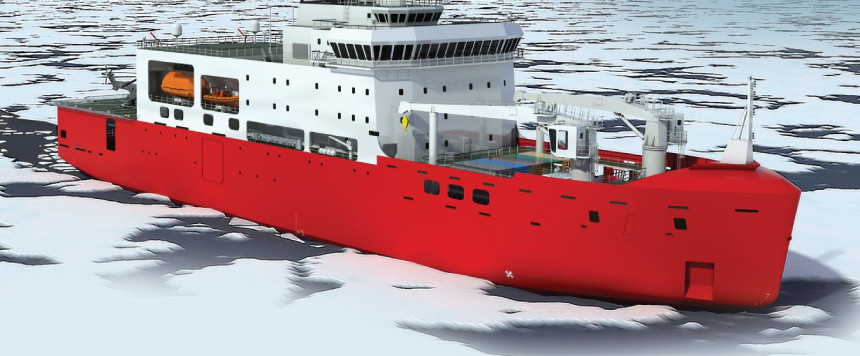
Chilean shipyard ASMAR has launched a new polar icebreaker slated for the Chilean Navy.
Designed by Vard Marine, the future Almirante Viel boasts a PC5 class hull that will allow it to operate safely within the Antarctic Polar Circle.
Other missions will include search and rescue (SAR), scientific research, and logistical support.
Construction begins on new harsh-environment research platform for French ocean science institute
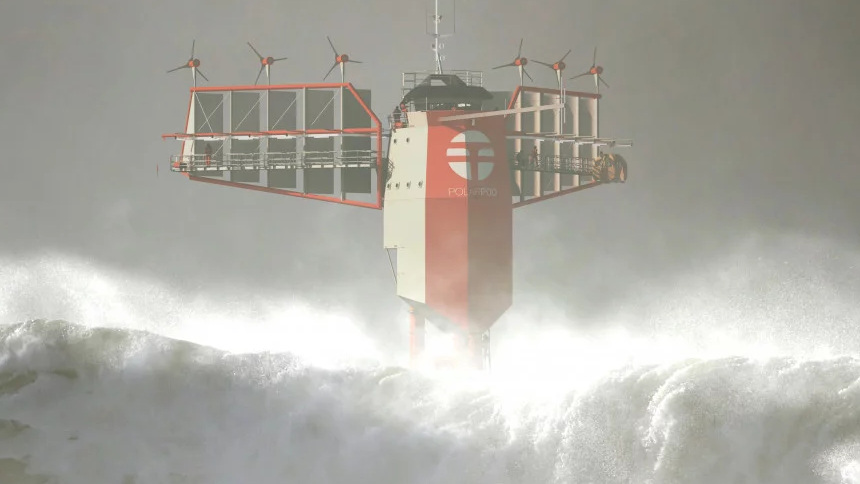
The French Research Institute for Exploitation of the Sea (Institut français de recherche pour l’exploitation de la mer; Ifremer) has confirmed the start of construction of a new floating research platform capable of enduring harsh sea conditions.
The Polar POD platform is designed to stay out at sea for up to three consecutive years before requiring a return to port. Accommodations will be available for eight personnel while power for the onboard systems will be supplied by an array of wind turbines.
The platform will be capable of withstanding large waves. This is due to the buoyancy having been calculated to make the platform less responsive to wave motion and thus avoid resonating with swells.
Construction is being undertaken by French shipyard Piriou in collaboration with engineering firm 3C Metal.
Once completed within two years, the platform will undergo a series of sea trials off the coast of South Africa.
Polar POD’s initial expedition is scheduled to depart from Port Elizabeth, South Africa, in the fourth quarter of 2024.
New catamaran research vessel to operate in NOAA marine sanctuary off Georgia
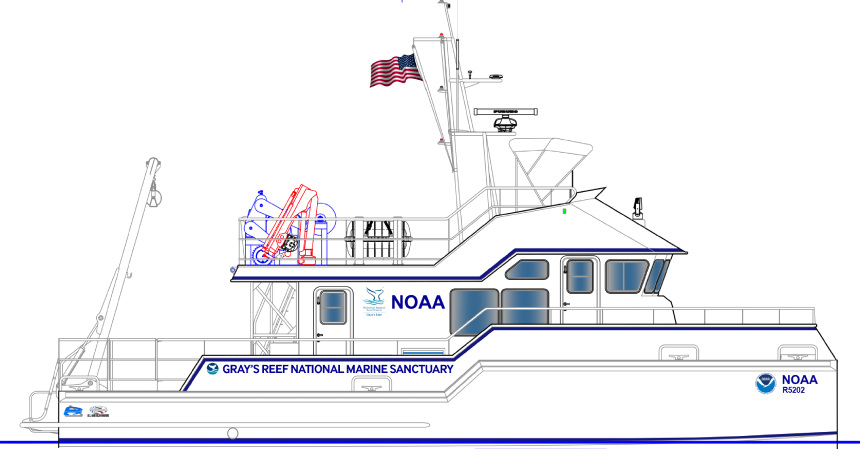
The National Oceanic and Atmospheric Administration (NOAA) has placed an order for a new catamaran research vessel for operation at the Gray’s Reef National Marine Sanctuary off Sapelo Island, Georgia.
The semi-displacement aluminium catamaran hull was developed by Nic de Waal of Teknicraft Design in Auckland, New Zealand. Construction will take place at a shipyard in Bellingham, Washington.
This vessel is being constructed to US Coast Guard standards for service in waters where the range to the refuge is 150 nautical miles or less and will operate as a multipurpose research vessel along East Coast Waters and Offshore on Ocean Routes for up to 16 passengers and two crew.
Dutch sea research institute orders manned and unmanned vessels
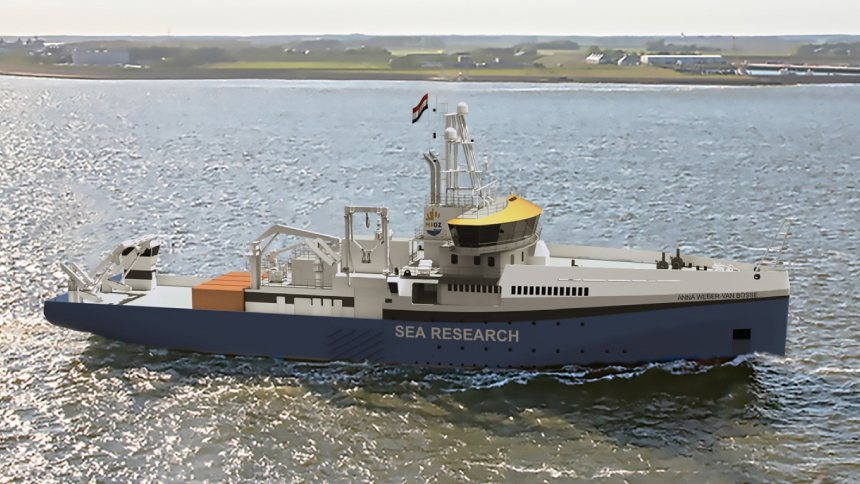
The Royal Netherlands Institute for Sea Research (Nederlands Instituut voor Zeeonderzoek; NIOZ) has awarded Spain’s Armon Shipyard a contract for the construction of a new research vessel.
Anna Weber-van Bosse will be built to a design by C-Job Naval Architects. Delivery is scheduled for the middle of 2025.
The vessel will be fitted with a battery pack to allow hybrid operation. Solar panels will also be installed to supply a portion of the power requirements of the onboard systems.
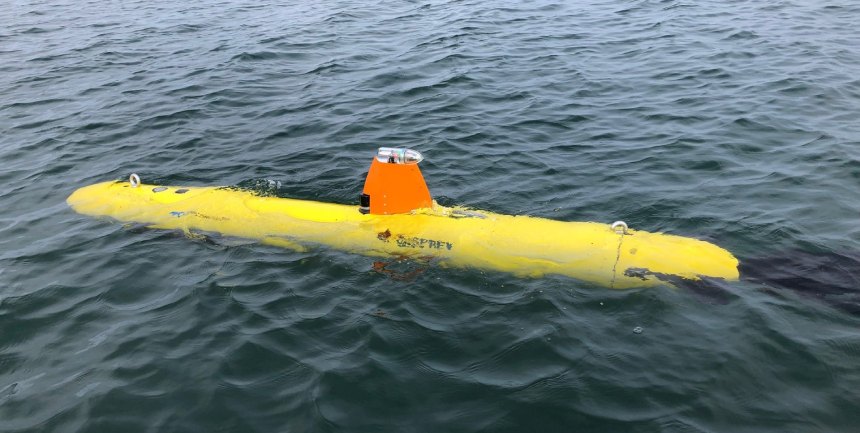
The NIOZ has also placed an order for a new autonomous underwater vehicle (AUV) to be used for seabed research.
The AUV will be built by Teledyne Gavia of Iceland. It will have a modular design, a rated diving depth of 2,000 metres, and an endurance of 24 hours.
The craft is scheduled for delivery to the NIOZ in 2024.
Keel laid for new Canadian Coast Guard oceanographic vessel

Canada’s Seaspan Shipyards has laid the keel of a new offshore oceanographic science vessel (OOSV) ordered by the Canadian Coast Guard.
Once completed, the 87-metre-long vessel will support a wide range of oceanographic, fishery, geological, and hydrographic survey missions. Facilities will include several advanced wet and dry laboratories, an ocean sampling room, a scientific seawater system for studying oxygen levels, temperature and salinity, and a drop keel and sensor suite for collecting and analysing data on parameters such as water current velocities and underwater acoustics.
The ship will also perform search and rescue (SAR) and environmental response missions as needed by the coast guard.
Italian yard to build oceanographic research ship for navy use
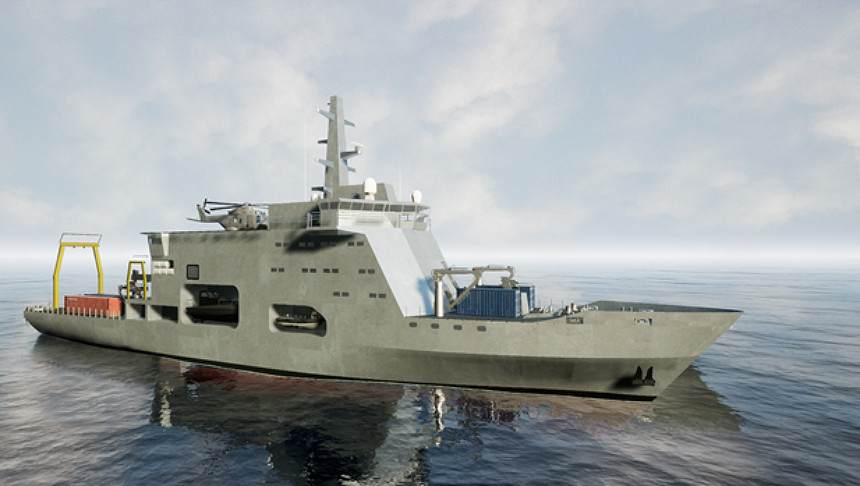
Italian shipbuilder Fincantieri has been awarded a contract for the construction of a new hydro-oceanographic vessel for use by the Italian Navy.
The total value of the contract is approximately €280 million (US$296 million). The contract also covers integrated logistics support and temporary support services for a duration of six years with an option to extend for another four years.
Key features will include a drag-reducing hull shape and diesel-electric propulsion to help minimise emissions.
The vessel will be delivered no later than 2026. Once in service, it will be operated by the navy’s Hydrographic Institute.


